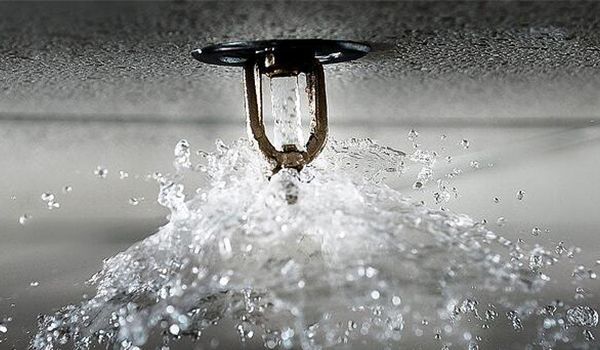Wet Pipe Fire Sprinkler Systems – the most commonly used type of Fire sprinkler, wet pipe Fire sprinkler systems are a type of sprinkler system that uses automatic sprinkler heads attached to a piping system that comes pre-charged with water from the Fire pump. With this type of Fire sprinkler system, the Fire sprinkler heads open in response to heat and water is discharged instantly after the heads open.
Wet pipe Fire sprinkler systems are found in most typical once buildings and provide a standard level of Fire protection.
Dry Pipe Fire Sprinkler Systems – a dry pipe Fire sprinkler system uses Fire sprinkler heads that are attached to pipes Filled with pressurized air as opposed to water.When the sprinkler heads open, the air is released and a valve is opened allowing water to ow through the pipes and out the open sprinkler heads.While this causes a slight delay in water discharge, it is useful in buildings where water could freeze if kept in the pipes.
Dry pipe fire sprinkler systems are less common than wet pipe fire sprinkler systems because they are more expensive and more complicated. However, they are very useful in certain situations, such as in unheated buildings, parking garages and refrigerated coolers where temperatures get cold enough that water coul freeze in the fire sprinkler pipes.

